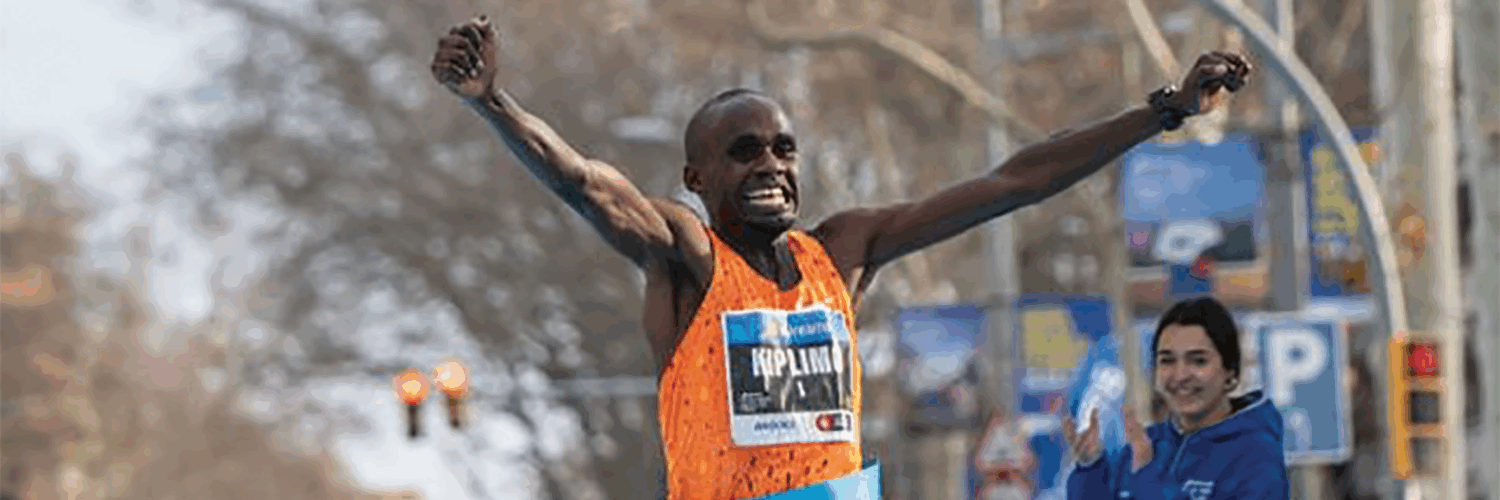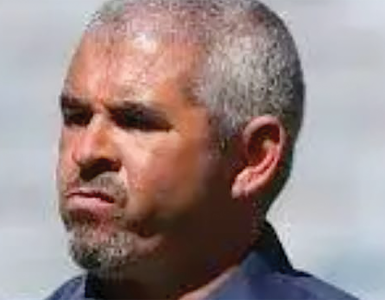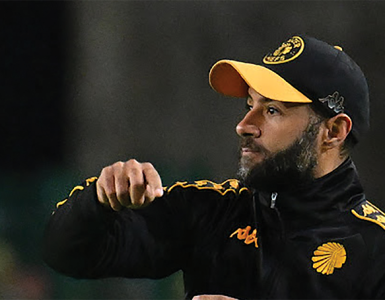45th EDITION: The 2024 event was the largest in history and 2025 the historic is set to be even bigger
By Sports Reporter
The year is 1981 – Live Aid is making music history, Lady Diana is saying “I do” (in THAT dress) in the royal wedding of the century, and the first ever London Marathon is born.
Founded by British Olympic medallists Chris Brasher and John Disley, the race was designed to showcase the best of the city while promoting fitness and charity.
The inaugural race on March 29, 1981 saw over 20,000 applicants, with less than half of those making it to the start line. Dick Beardsley (USA) and Inge Simonsen (Norway) famously finished hand-in-hand in 2:11:48, while Joyce Smith won the women’s race in 2:29:57.
Fast forward to today, and the TCS London Marathon attracted more than 800,000 applicants for this year’s event, while participants have raised more than £1 billion for charity since 1981. The 2024 event was the largest in history and 2025, the historic 45th edition, is set to be even bigger.
The London Marathon returns in 2025 with an even more star-studded field than usual for one of the biggest events of the year, with a record number of runners entering the mass participation event run at the same time.
All the Olympic and Paralympic marathon champions from last year’s Paris Games will compete, along with the 2024 men’s and women’s winners, and over 56,000 total runners – smashing the record of 55,646 finishers set at the New York Marathon in November.
Last year a closely-contested women’s race was won by 2021 Olympic champion Peres Jepchirchir in a world-record time for a women’s only race (as in, run without male pacemakers).
She crossed the tape in two hours, 16 minutes and 16 seconds, while her compatriot Alexander Mutiso Munyao won the men’s race in 2:04.01.
What is the route?
The London Marathon tends to follow a largely unchanged route since it was first run in 1981. Covering 26.2 miles, the course begins in Greenwich, dropping down from the high point of the race to follow a largely flat course, first heading east to Woolwich before doubling back on itself and follow the Thames to Bermondsey.
From there, the runners cut across London Bridge and turn right to take in Canary Wharf and London’s old Docklands, before a U-turn to track through central London, running along the Embankment until another right turn at Westminster Bridge towards St James’s Park. The route takes in many famous London landmarks, from the Cutty Sark (mile six), Tower Bridge (mile 12), the Tower of London (mile 22) the London Eye and Big Ben (both mile 25) before its iconic finish line on The Mall near Buckingham Palace.
What is the women’s elite field?
The three fastest women in history will all line up, with Olympic champion Sifan Hassan and Tigst Assefa, the second-fastest woman and previous world record holder, in action. World record holder Ruth Chepngetich and the reigning champion Peres Jepchirchir had to withdraw two weeks before the race.
The British contingent will feature Eilish McColgan, a European medallist across 3,000m, 5,000m, and 10,000m, making her debut at the race 29 years after her mother, Liz, won it.
What is the men’s elite field?
Eliud Kipchoge, widely known as the greatest marathon runner of all time, will return to London for the first time since 2020 and chase a fifth victory. Jacob Kiplimo, the world record holder in the half-marathon, will make his debut at the full distance.
Olympic champion Tamirat Tola and 2024 London champion Alexander Mutiso will compete alongside the likes of Sabastian Sawe, who ran last year’s Valencia Marathon with a fastest-ever time for a debutant in history, of 2:02:05.
The fastest-ever London Marathon time is 02:01:25, set by Kelvin Kiptum in 2023. This year, all eyes are Jacob Kiplimo who is making his London Marathon debut after recently smashing the world record for the half-marathon in Barcelona with a time of 56:42.

































